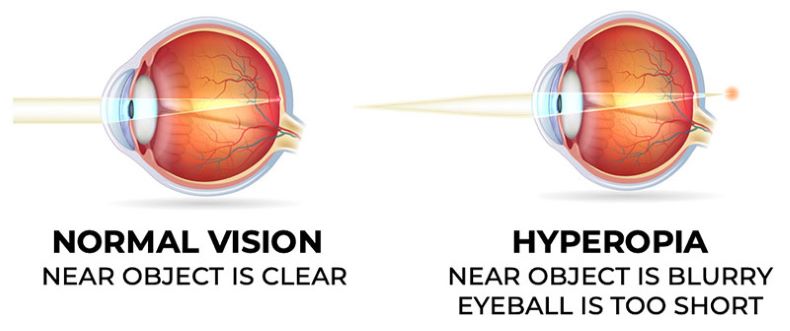


Long-sightedness is when the eye does not focus light on the retina (the light-sensitive layer at the back of the eye) properly.
This may be because:
It's often not clear what causes these problems, but they're rarely a sign of any underlying condition.
Sometimes long-sightedness may be a result of the genes you inherited from your parents, or a result of the lenses in your eyes becoming stiffer and less able to focus as you get older.
People who are long-sighted may:
Children who are long-sighted may not experience these problems, but you may notice one eye turning inwards (towards their nose) as the child tries to focus. This is called a squint and may be more noticeable when the child is tired or unwell. If this happens they may develop a lazy eye, so you should take them to an optometrist without delay.
Made in 2022 by Developer Prince